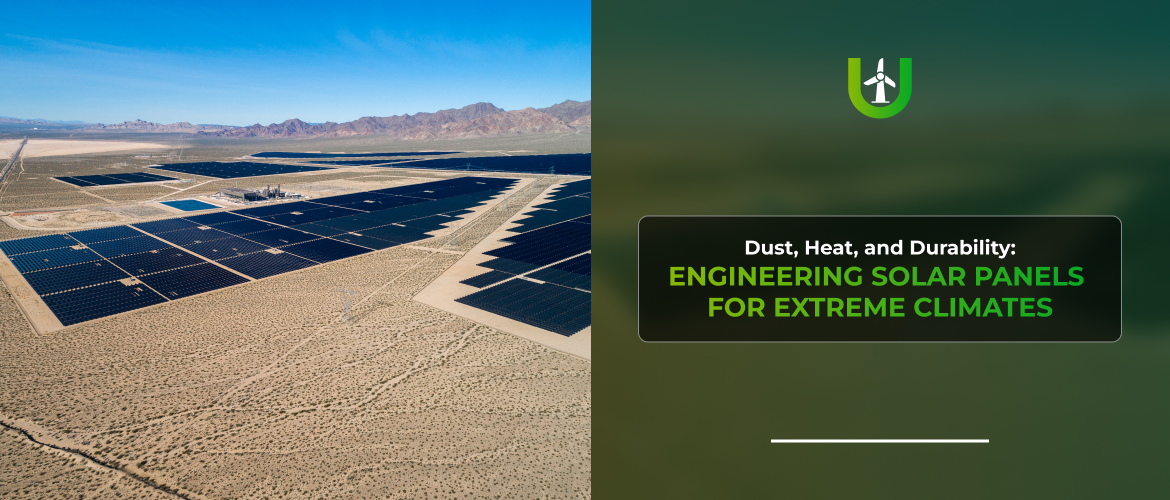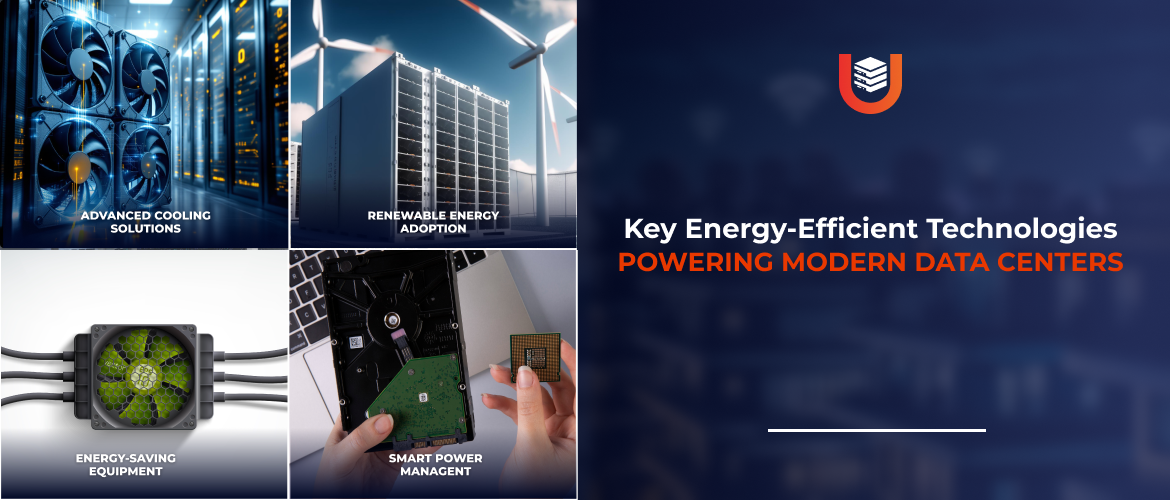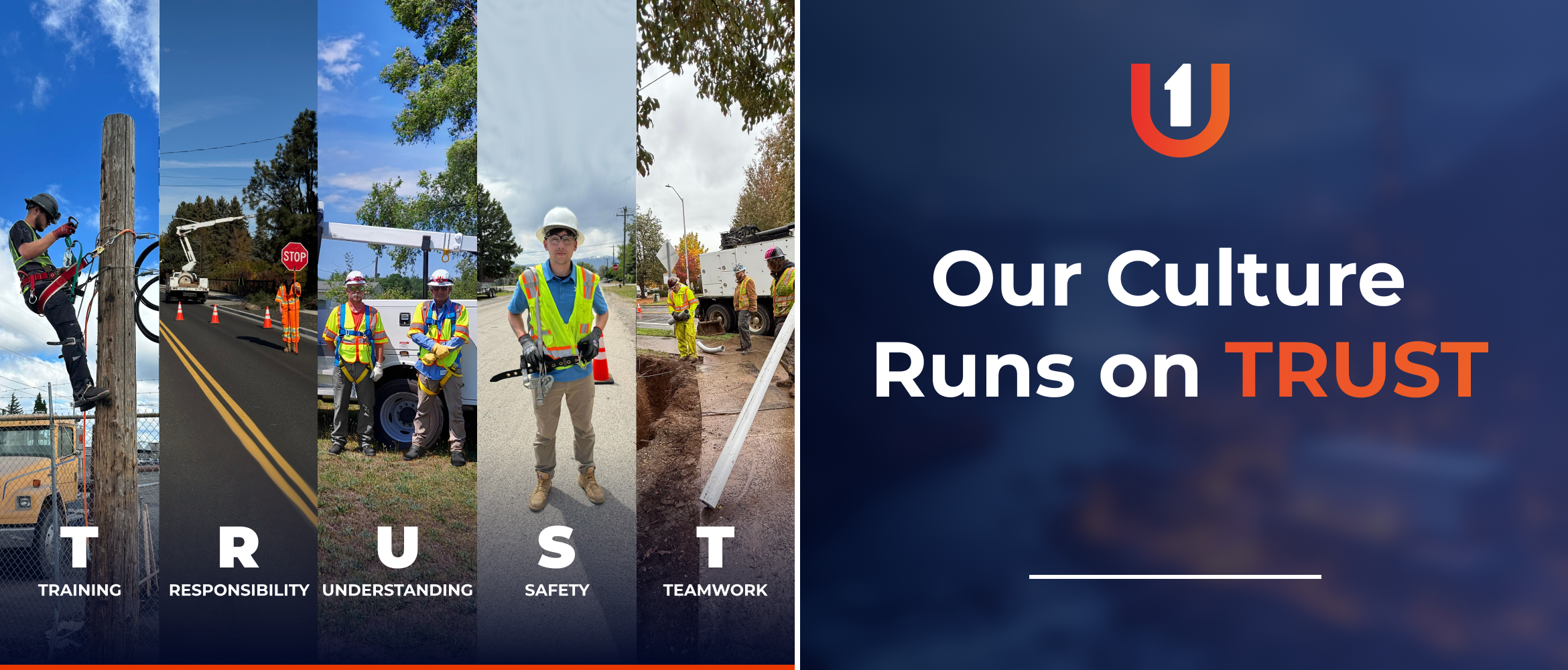News
We don’t expect success, we work for it. Become a part of an amazing team!
What B2B Infrastructure Firms Need to Know about Fiber Securitization
In recent years, telecom networks, particularly fiber networks, have been increasingly viewed not only as operational assets but also as investable infrastructure. Rather than simply deploying fiber via project financing or debt, more firms are now securitizing fiber lease revenues and packaging them into asset-backed instruments.
This development is part of a larger capital shift, as U.S. broadband providers invested approximately $94.7 billion in communications infrastructure in 2023, marking one of the highest annual investments in over two decades.
In parallel, the Fiber Broadband Association reported that, under the BEAD program, industry players have committed approximately $650 million in onshore fiber manufacturing investments, creating over 5,600 jobs and expanding manufacturing capacity across states.
These figures underscore that capital is actively flowing into fiber network buildout, component manufacturing, and supply chain expansion, not just for consumer broadband, but for the foundation of infrastructure that enables B2B and enterprise connectivity.
Recent Deal Activity & Market Trends
Some relevant indicators and deal dynamics that B2B players should follow:
-
M&A and consolidation: The communications service provider (CSP) sector has seen more than 20 transactions in recent quarters, with over $42 billion in deal value announced during a single reporting window.
-
Fiber subscription growth: Between end-2023 and end-2024, cable lost 752,000 subscriptions, while fiber gained 3.8 million subscribers.
-
Debt & capital flow optimism: Analysts note that fragmentation in fiber operators is likely to drive further M&A and debt financing activity in 2025 and beyond.
-
Industry infrastructure index growth: Deloitte’s U.S. communications infrastructure index increased by ~27% from 2019 to 2024, reflecting steady gains in network capability, coverage, and investment.
Together, these point to a maturing telecom infrastructure market where deployment scale, predictable cash flows, and consolidation are driving capital into B2B-facing infrastructure opportunities.
Implications for B2B Infrastructure Participants
For firms that supply, build, maintain, or integrate parts of fiber networks, the rise of securitization and institutional finance models presents both opportunities and challenges.
Here’s what to watch:
1. Greater Project Volume, Longer Timelines
Once fiber lease revenues can support securitized financing, network developers can plan multi-year, large-scale rollouts with less concern for short-term capital constraints. For B2B firms, this means:
-
Opportunities to compete for more extended contracts (5–10 year scopes)
-
Need to scale workforce, logistics, and regional capacity in advance
-
Need to manage cash flow in alignment with multi-stage deployments
2. Elevated Expectations for Performance & Transparency
Institutional investors backing securitizations will demand rigorous reporting. Key deliverables include:
-
Geospatial work logs and GIS mapping
-
Progress tracking tied to cash flow forecasts
-
Quality control data, defect rates, and acceptance metrics
-
Change management and risk mitigation documentation
Failure to meet contractually specified performance metrics may result in financial penalties or erode investor confidence.
3. Strategic Supply Chain Positioning
Projects backed by asset finance favor vendors that reliably deliver components, spares, or specialized equipment (such as fiber cables, splicing kits, conduit, and electronics) with consistent quality. B2B suppliers that can align with finance-driven project schedules and compliance demands may gain preference.
4. Regional & Nodal Focus
Given regulatory, permitting, and population density constraints, many securitized fiber projects will concentrate on growth corridors, underserved zones, and regional aggregation paths. For B2B firms:
-
Map your operational footprint to regions likely to see capital-backed deployment.
-
Build alliances for zones where fiber growth is emerging (e.g., exurbs, tertiary metros)
-
Prepare for cross-jurisdiction coordination (state, county, utility, and municipal)
5. Risk Sharing & Contract Terms
Because securitizations link project performance to financial returns, developers will often structure contracts with B2B partners to share risk, such as liquidated damages, step payments, or milestone-based holds. B2B firms need to negotiate with eyes open about:
-
Risk allocation and penalty thresholds
-
Escalation clauses to account for inflation, material cost swings
-
Governance and audit rights by investors
Utilities One Group’s Role: Bridging Capital and Execution
In this evolving landscape, the value of dependable execution becomes central. Utilities One Group can differentiate itself in several ways:
-
Project readiness & preconstruction diligence: helping clients refine route designs, permits, cost estimates, and risk profiles before capital is committed
-
Performance-oriented execution teams: integrating digital project management systems so field progress is transparent, auditable, and tied to financial models
-
Regional reach with local knowledge: aligning operations to growth corridors, state programs (like BEAD), and permitting regimes
-
Flexible contracting to support investor demands: willingness to accept performance metrics, sharing risk in a structured way, and adapting to evolving capital models
By connecting capital and construction, U1 can help ensure that what is financed on paper becomes reliably delivered in the field.
Looking Ahead: The B2B Opportunity
Fiber securitization and infrastructure financing are reshaping the U.S. telecom landscape. For B2B companies, the next frontier lies in aligning execution with investment, understanding not only how to build networks, but how those builds fit within broader financial frameworks.
The winners of this new era will be those who combine:
-
Technical capability
-
Operational transparency
-
Financial literacy
-
Reliable delivery at scale
Utilities One Group stands ready to lead from the field, ensuring that every financed mile of fiber strengthens America’s digital backbone and delivers measurable value to all stakeholders.
Sources
-
USTelecom Industry Report (2024) – Broadband Provider Capital Investment, 2023: $94.7 B https://ustelecom.org/research/?priorities=&research-type=broadband-industry-stats
-
Fiber Broadband Association (June 2025) – Industry Investment in U.S. Manufacturing: $650 M, 5,600 Jobs https://fiberbroadband.org/2025/06/02/fiber-broadband-association-marks-industry-investment-in-u-s-manufacturing
-
Focus Investment Banking (Summer 2025) – U.S. Communications Service Provider M&A Report: $42 B in Deals https://focusbankers.com/telecom-u-s-communications-service-provider-summer-2025-report
-
Omdia / Informa Tech (2025) – U.S. Fiber Broadband Market Report: +3.8 M Adds, Cable −752 K https://omdia.tech.informa.com/om135773/us-service-provider-fiber-broadband-market-report--2025
-
Deloitte (2025) – U.S. Communications Infrastructure Index, 2019–2024: +27% Growth https://www.deloitte.com/us/en/insights/industry/technology/us-communications-infrastructure-index.html
Share Via:
Related Posts

23 October, 2025
Dust, Heat, and Durability: Engineering Solar Panels for Extreme Climates
As solar energy expands into some of the world’s harshest environments, engineers are developing advanced materials and designs to help panels endure extreme heat, dust, and humidity. Innovations such as thermal-resistant encapsulants, corrosion protection, and passive cooling systems enhance efficiency and durability, supporting reliable and sustainable solar power in challenging conditions.

8 October, 2025
Key Energy-Efficient Technologies Powering Modern Data Centers
Modern data centers are adopting energy-efficient technologies to reduce electricity use, lower costs, and minimize environmental impact. Key innovations include advanced cooling, energy-efficient hardware, smart power management with AI, and renewable energy. These technologies boost performance while cutting costs and supporting sustainability.
300 W Somerdale Rd, Suite 5E, Voorhees Township, NJ 08043
COPYRIGHT © 2025 UTILITIES ONE
